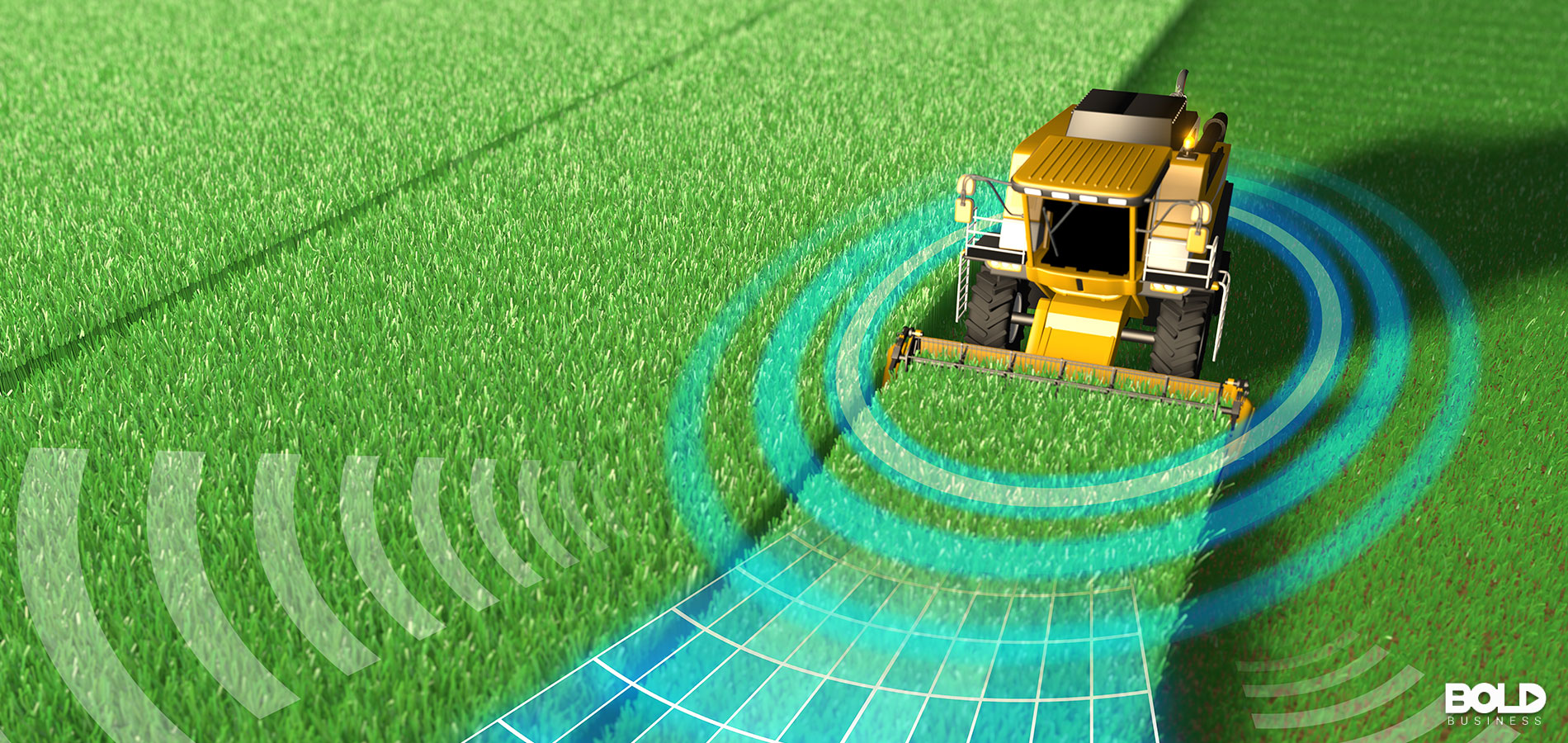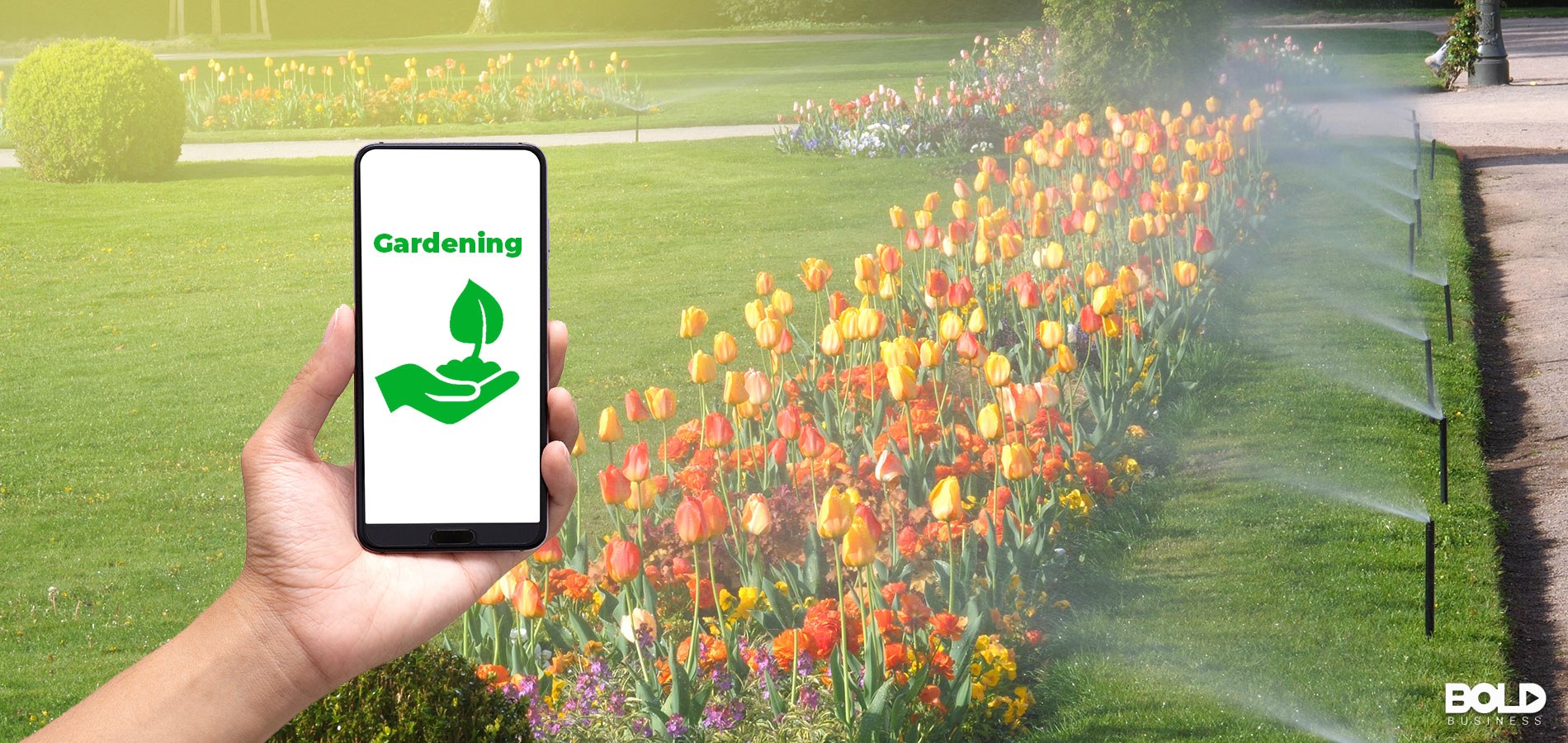From soybean fields to rows of corn, farmers loathe one type of pest more than others: the weed. Removing weeds is a laborious task, with even the best workers averaging about an acre of weed-removal a day. But in addition to being a slow process, it isn’t a great deal of fun either. Farmers often have a difficult time recruiting such labor, which is needed on a regular basis. After all, pulling weeds is a never-ending task if a farm wants to thrive. Because weeds compete with crops for water and nutrients, eliminating them is essential for a health field of crops. That’s why farmers need more than weed-pullers… they need weed-terminators!
Fortunately, for farmers, precision farming has answered the call. With smart farming equipment on the rise, new technologies are introducing advanced weed-removal systems. Some use targeted chemicals while others can zap a pesky weed with a laser in nanoseconds. Precision farming has allowed farms to advance from hand-to-hand combat to remote, automated marksmanship. With this type of smart farming equipment, farmers enjoy a much better advantage. And in terms of weeds, they’re pretty much shaking in their roots.
“Farmers today face a huge challenge — feeding a growing global population with less available land. This, paired with variability inherent in farming, like changing weather conditions, and threats like weeds and pests, impact a farmer’s ability to produce food.” – Alexandru Voica, Technology Communications Manager for Facebook
The Rise of Smart Farming Equipment
The terms smart farming equipment and precision farming are relatively new terms that fall under the umbrella of Agtech. Smart farming equipment generally refers to items utilizing artificial intelligence, robotics and automation to help farmers achieve some task. (Read more about how 2021 has been a great year for robotics and automation in this Bold story.) Precision farming, on the other hand, implies a more targeted strategy to farming using smart farming equipment. Both are comprising an ever-increasing role in agriculture today. In fact, by 2031, autonomous farming equipment alone is expected to be a $150 billion industry.
Pioneers in the field were of course some of the tried-and-true businesses in agriculture. Specially, John Deere and Case were among the first to introduce smart farming equipment to the industry. In the 1990s, John Deere added GPS systems to their tractors. This was then followed by autonomous driving tractors in 2002. Today, more than two-thirds of farms in the U.S. use these autonomous systems to plow their fields. And many more companies are now jumping on the precision farming bandwagon. Even companies like Facebook see the potential that precision farming offers.
Using Facial Recognition to Target Weeds
One of the reasons weed-removal has been a manual task is because weeds can be hard to identify from crops. For the experienced farmhand, it’s easy to spot a weed and yank it out of the ground. But this takes a lot of time. That’s why farmers have long wanted smart farming equipment that can quickly recognize a weed and kill it. For years, this has simply not been possible. But with precision farming, that has changed, thanks to new technologies like facial recognition and machine learning. Combined, these technologies can more readily eliminate weeds using a small fraction of the herbicide normally required.
Facebook has recently partnered with PyTorch, a machine learning company, to create such a weed-terminator. Facebook is leveraging its facial-recognition software to help smart farming equipment recognize weeds. (Dig deeper into facial-recognition software in this Bold story.) Along with machine learning, these machines get progressively better in carrying out these tasks. Once a weed is identified, a tiny, precise dose of herbicide is administered, killing the weed. In the process, the volume of herbicide used is roughly about 10 percent of standard herbicide administrations. In an industry that uses billions of pounds of herbicide annually, this is a big deal. Plus, less herbicide means more robust crops and fewer environmental impacts.
“This [autonomous weeding robot] is one of the most innovative and valuable technologies that I’ve seen as a farmer. I expect the robots to go mainstream because of how effectively they address some of farming’s most critical issues, including the overuse of chemicals, process efficiency, and labor.” – James Johnson of New Mexico’s Carzalia Farm
Taking a Star Wars Approach to Weeding
Perhaps the most innovative example of precision farming to remove weeds has been introduced by Carbon Robotics. It recently released its third-generation autonomous weeder, which basically is a smart farming robot. Like other pieces of smart farming equipment, the robot is basically a large box on wheels. But as it combs the ground, its 12 cameras connected to a computer and AI are quite adept at discovering weeds. And once a weed is found, the robot uses its carbon dioxide lasers to zap it dead. Not only is it organic and safe, but it’s pretty darn cool too!

Despite the cool factor, the laser-shooting weeding robot isn’t cheap. It costs hundreds of thousands of dollars to purchase, though leasing options are available. For larger farms, such a piece of smart farming equipment would likely pay for itself over a few years. Between reduced labor costs to increased crop yields, the advantages are tangible. Plus, this robot can de-weed up to 20 acres a day compared to the single acre a farmhand might tackle. It can also operate at night and uses autonomous driving technology to precisely navigate fields. All of these additional features make this piece of smart farming equipment appealing.
Precision Farming Offers More than Weed Removal
The amount of global autonomous farming equipment is expected to grown by more than 10 percent in the next decade. This means several pieces of smart farming equipment will be able to operate in tandem with remote oversight alone. This combined with robotics and other agtech technologies will completely change the face of agriculture in the coming years. Machines will coordinate with weather apps, and data analytics will guide better crop rotations and management. And yes, fewer weeds will be around to mess things up. From lasers to automation, the farming industry is changing and changing fast. Precision farming isn’t just a thing of the future but instead a strategy that’s already making its impact today.
Defining diversity, equity and inclusion for business can be difficult – get the free six-page handout that can help put you on the right track!






